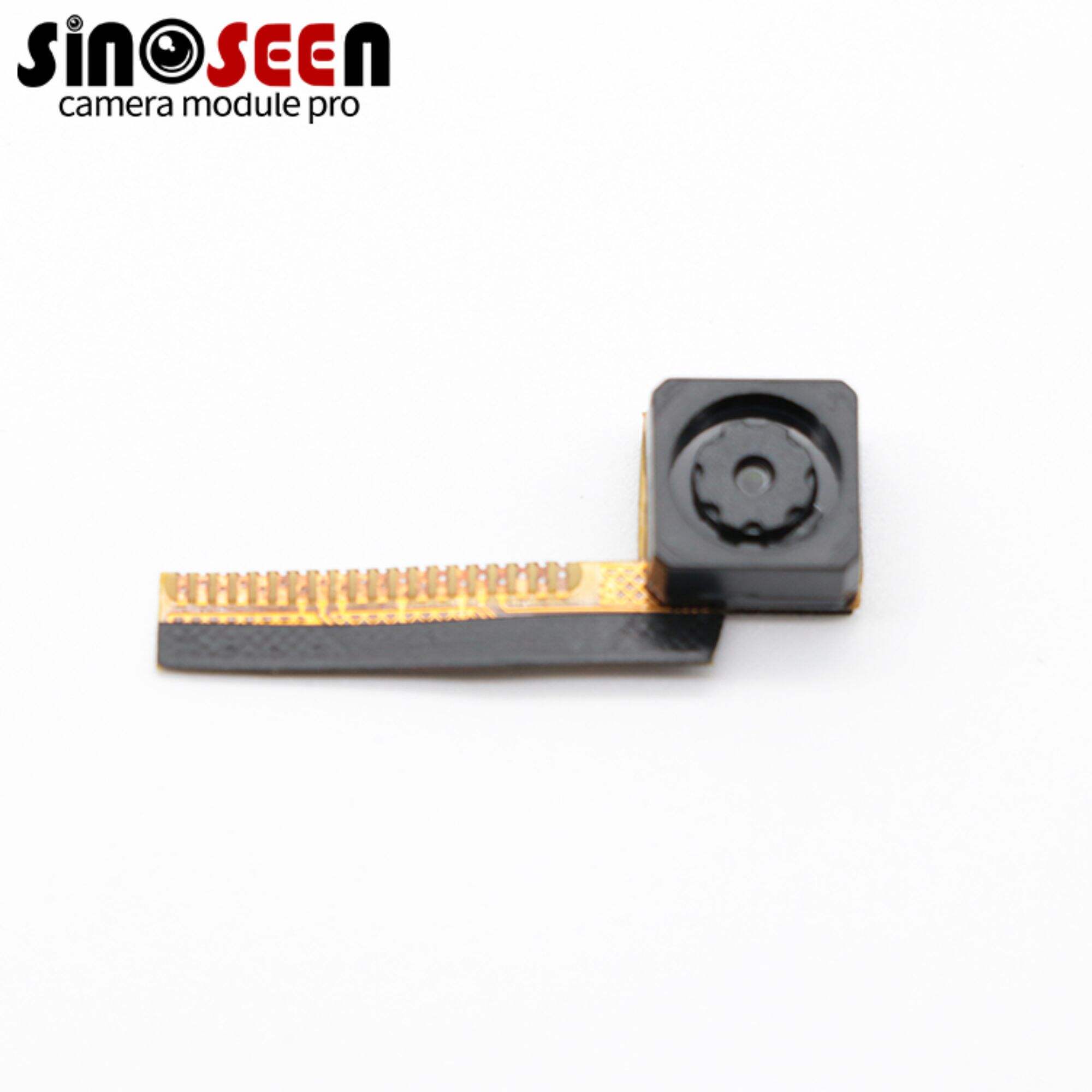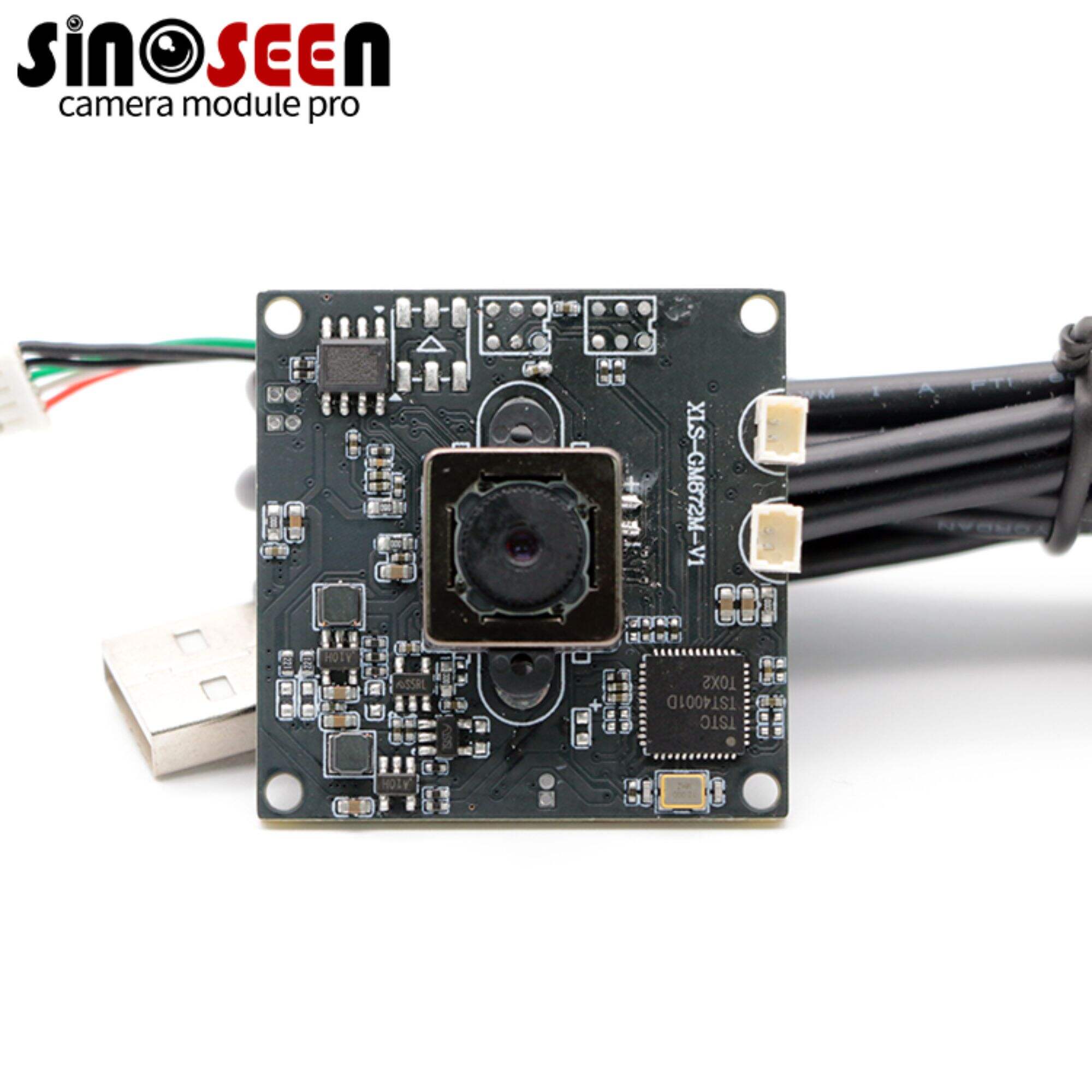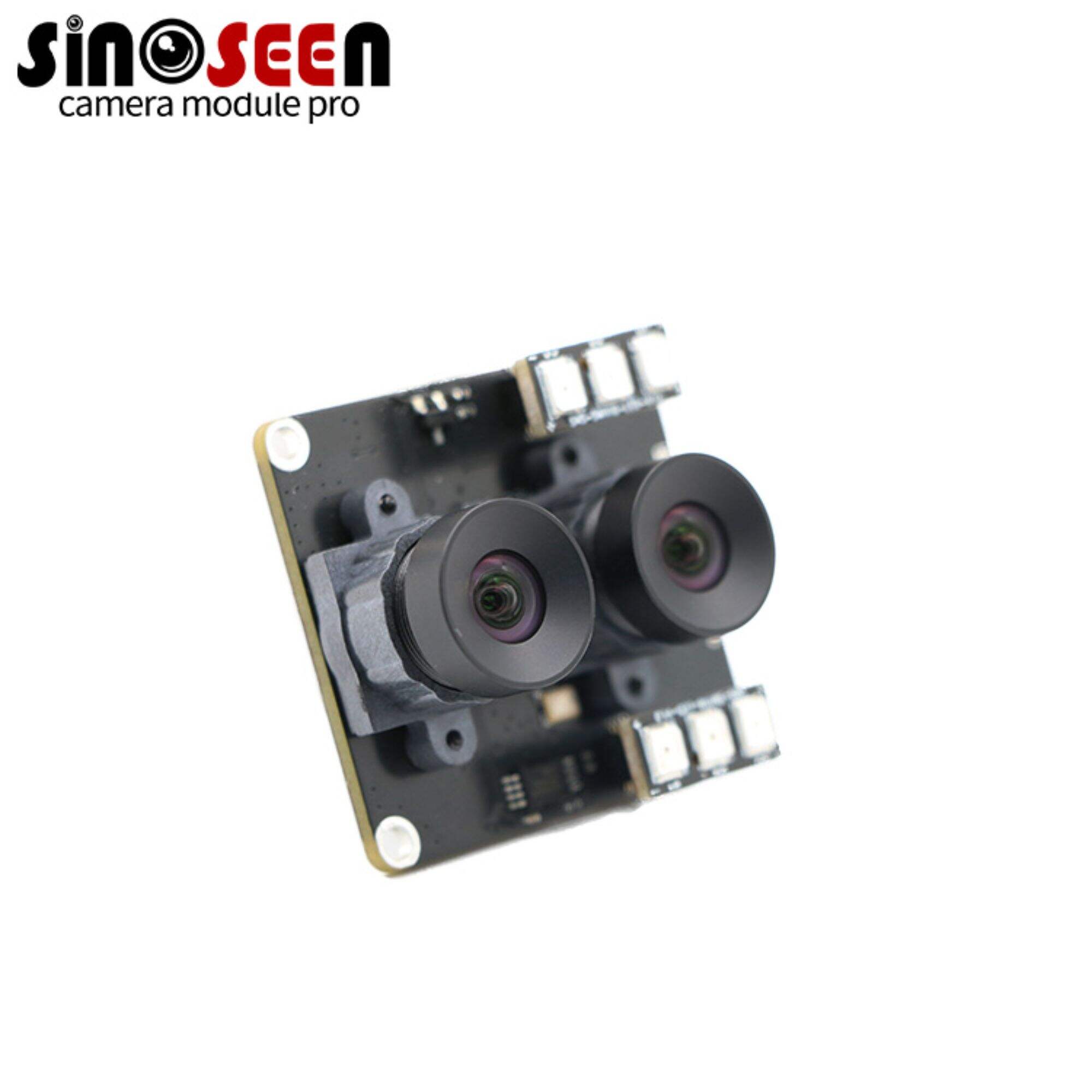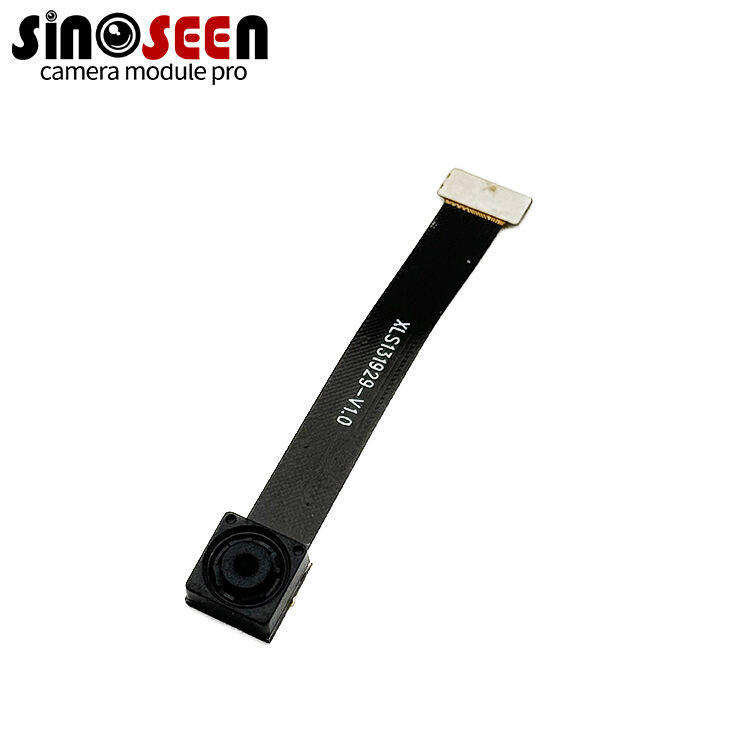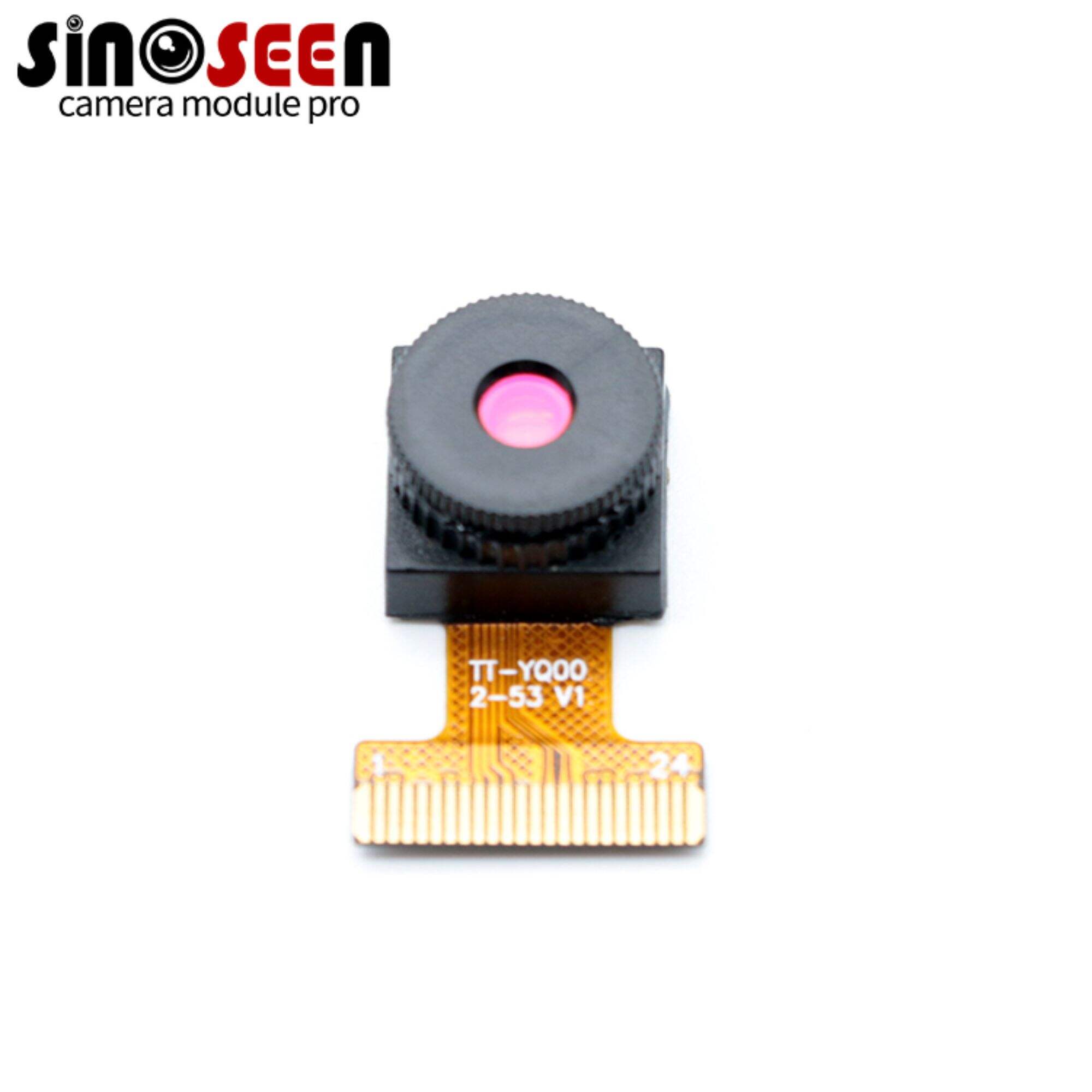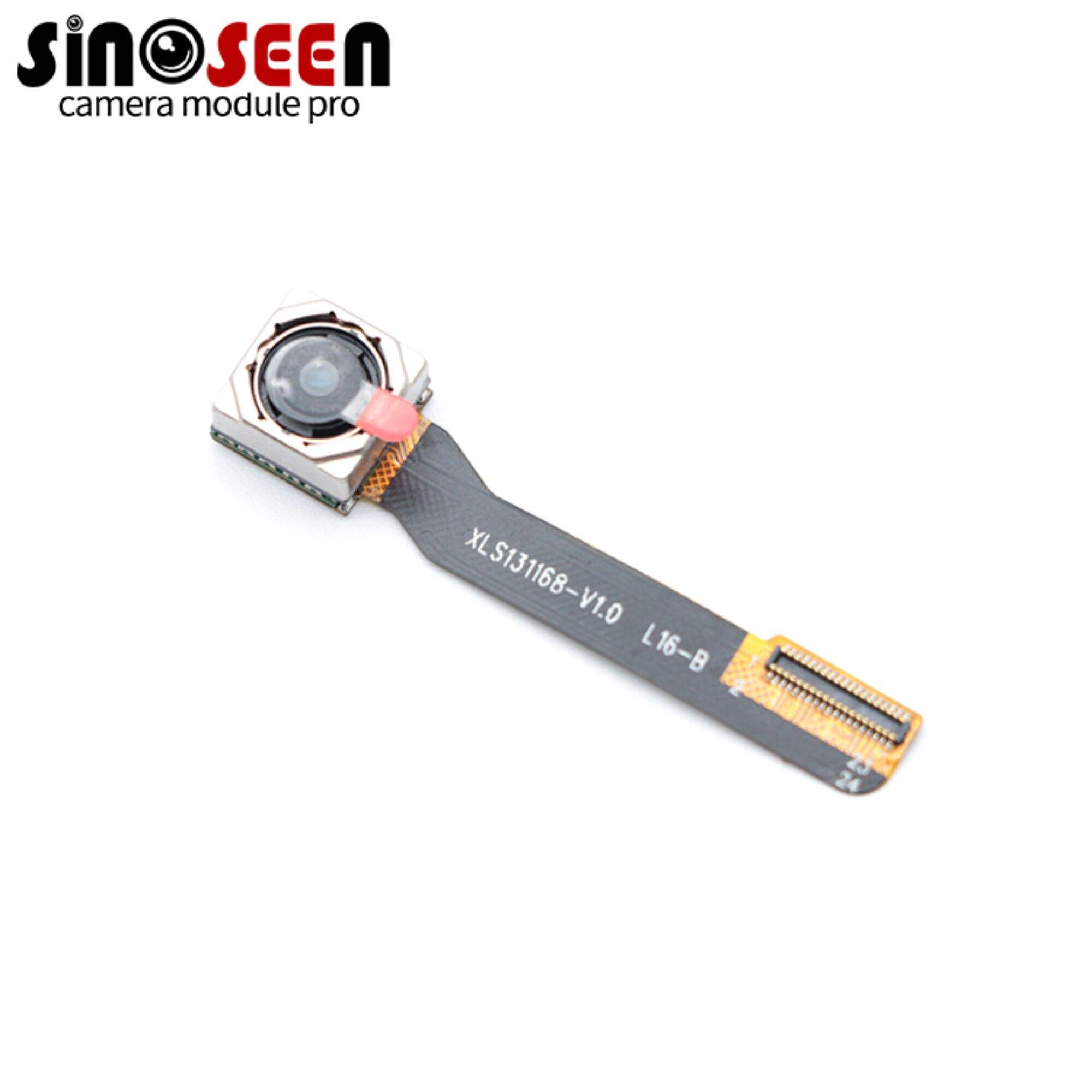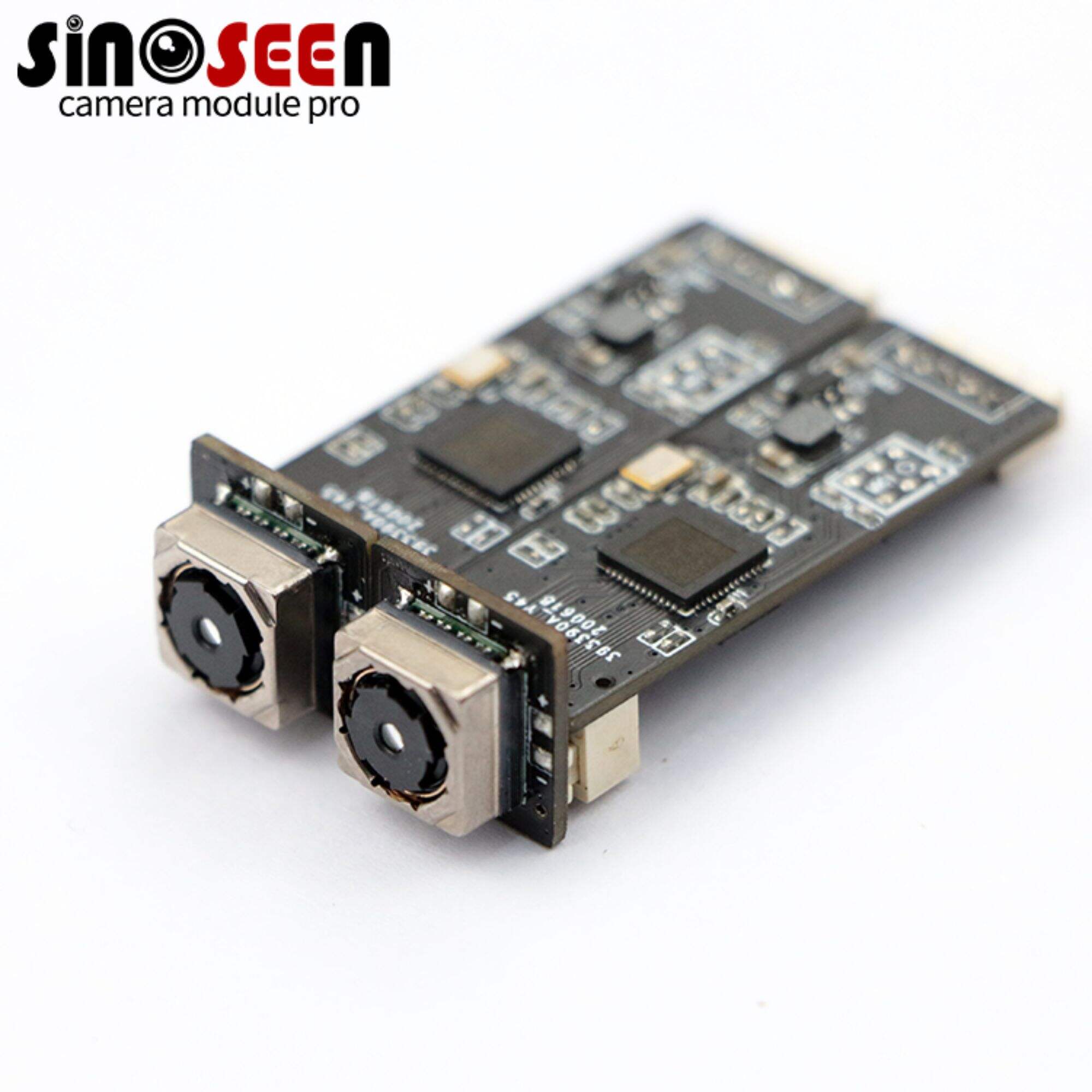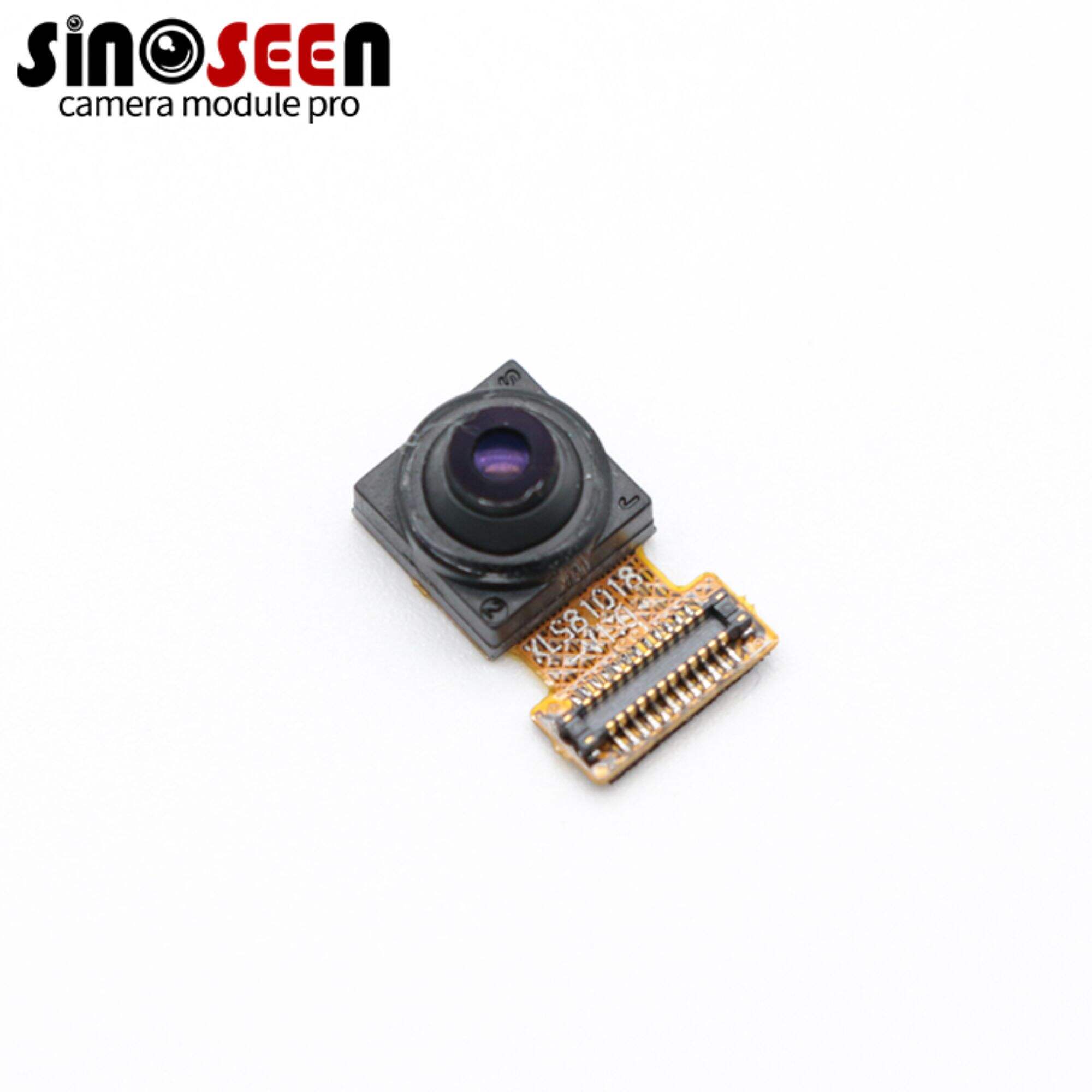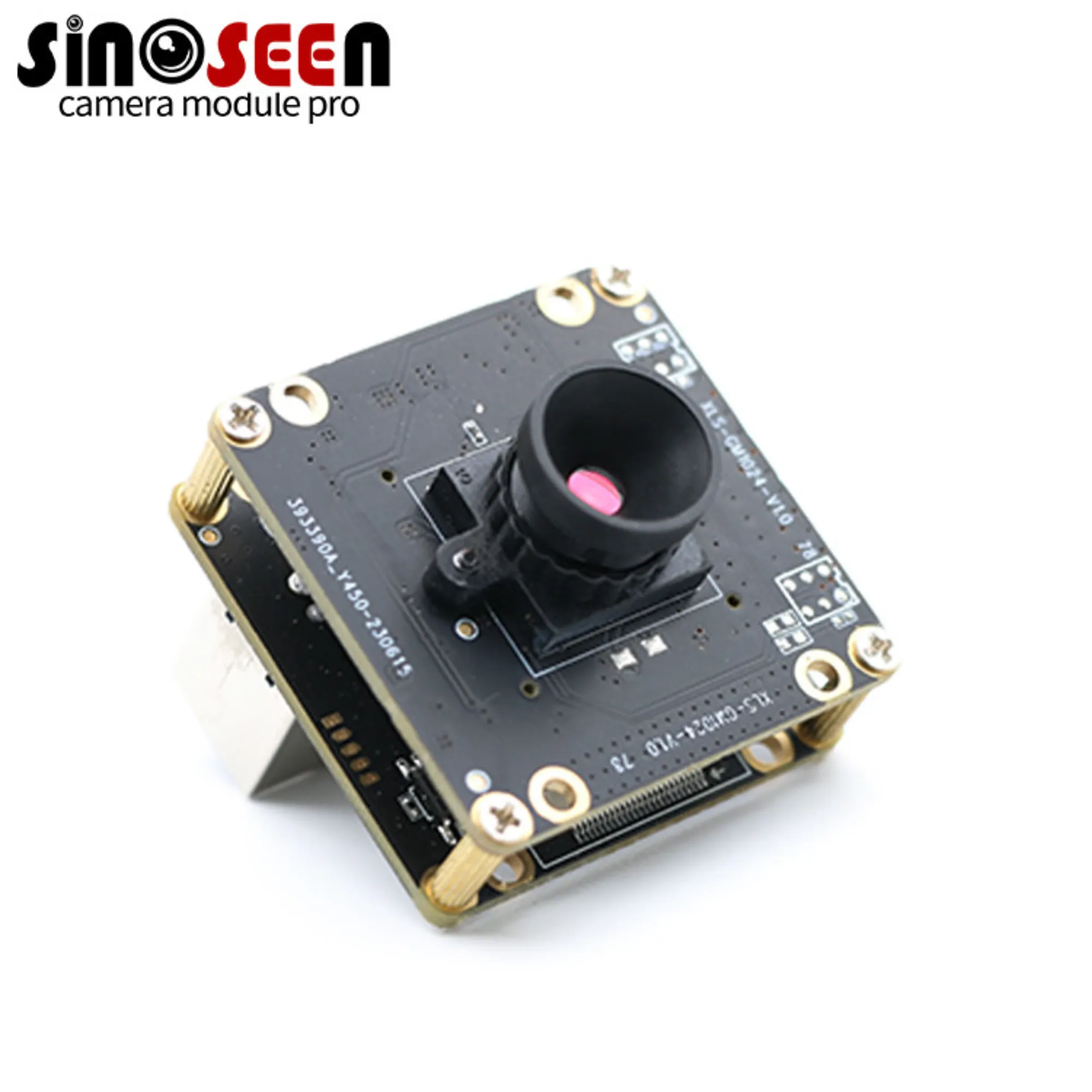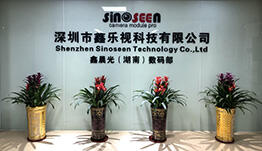¿Cómo mejoran los módulos compactos la integración del sistema?
Revolucionando el diseño de sistemas mediante la integración avanzada de módulos
La evolución de la tecnología moderna ha generado avances notables en la integración de sistemas. En el centro de esta transformación se encuentra el uso innovador de módulos compactos, que han transformado radicalmente el panorama del diseño de sistemas electrónicos y mecánicos. Estos sofisticados componentes han sido fundamentales para crear soluciones más eficientes, fiables y rentables en diversas industrias, desde la electrónica de consumo hasta la automatización industrial.
La integración de módulos compactos representa un avance significativo en la arquitectura de sistemas, ofreciendo oportunidades sin precedentes para un desarrollo optimizado y un rendimiento mejorado. A medida que las organizaciones se esfuerzan por crear sistemas más sofisticados manteniendo una complejidad manejable, el papel de estos módulos se vuelve cada vez más crucial para lograr resultados óptimos.
Beneficios principales de la implementación del módulo compacto
Ventajas de la optimización del espacio y la densidad
Una de las ventajas más significativas de los módulos compactos reside en su capacidad para optimizar el uso del espacio. Los sistemas modernos exigen una funcionalidad cada vez más sofisticada, manteniendo o reduciendo su tamaño físico. Los módulos compactos abordan este desafío incorporando múltiples funciones en unidades compactas, lo que permite a los diseñadores de sistemas lograr más con menos espacio.
La mayor densidad de los módulos compactos también se traduce en una mayor eficiencia energética y una mejor gestión térmica. Al reducir la distancia física entre los componentes, estos módulos minimizan la longitud de las rutas de señal y las pérdidas de transmisión de potencia, lo que resulta en un funcionamiento más eficiente y menores requisitos de refrigeración.
Instalación y mantenimiento simplificados
La modularidad de los módulos compactos agiliza considerablemente los procesos de instalación y mantenimiento. En lugar de trabajar con numerosos componentes individuales, los técnicos pueden trabajar con unidades preintegradas, diseñadas para una fácil instalación y sustitución. Este enfoque no solo reduce el tiempo de instalación, sino que también minimiza la posibilidad de errores durante el montaje del sistema.
El mantenimiento también se simplifica, gracias a que los módulos compactos suelen incorporar funciones de diagnóstico e interfaces estandarizadas. En caso de problemas, los módulos se pueden cambiar rápidamente, lo que reduce el tiempo de inactividad del sistema y simplifica la resolución de problemas.
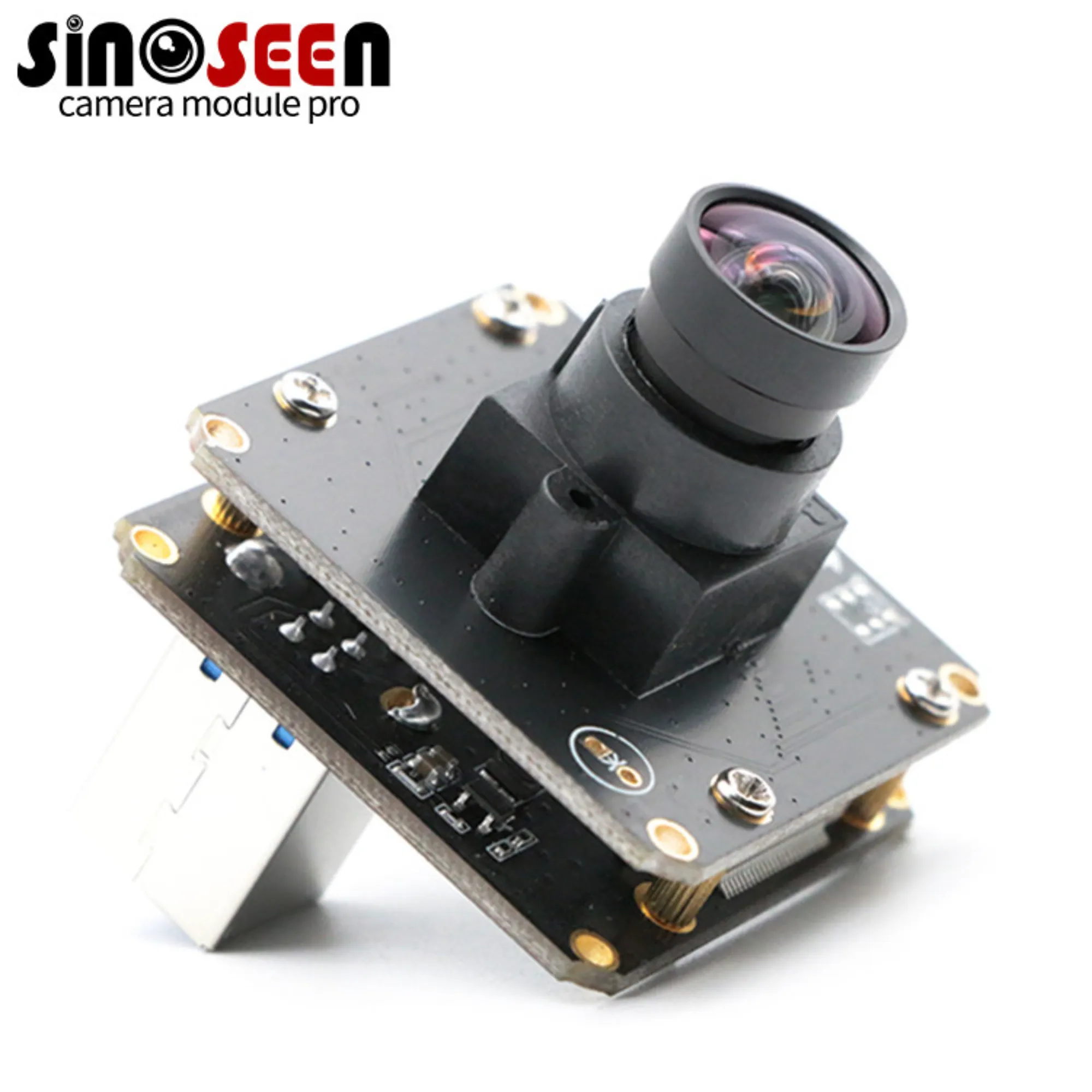
Consideraciones técnicas en el diseño de módulos
Estandarización de interfaces
El éxito de los módulos compactos depende en gran medida de interfaces bien diseñadas que garanticen una integración fluida con los diversos componentes del sistema. Las interfaces estandarizadas permiten la funcionalidad plug-and-play, lo que reduce la complejidad de la integración y permite una mayor flexibilidad en el diseño del sistema. Los módulos compactos modernos suelen incorporar protocolos y conectores estándar de la industria, lo que facilita la compatibilidad entre diferentes plataformas y fabricantes.
La estandarización de interfaces también promueve la adaptación al futuro, ya que se pueden diseñar nuevos módulos para que funcionen con los sistemas existentes, protegiendo las inversiones y permitiendo actualizaciones graduales del sistema. Este enfoque ha demostrado ser especialmente valioso en aplicaciones industriales donde los sistemas deben evolucionar con el tiempo sin requerir revisiones completas.
Estrategias de Gestión Térmica
Una gestión térmica eficaz es crucial en el diseño de módulos compactos, ya que una mayor densidad de componentes puede provocar concentración de calor. Las soluciones de refrigeración avanzadas, que incluyen sistemas de gestión térmica pasivos y activos, se integran en los módulos modernos para mantener temperaturas de funcionamiento óptimas. Estos sistemas suelen emplear sofisticadas técnicas de dispersión del calor y materiales avanzados para garantizar un funcionamiento fiable en diversas condiciones.
Los ingenieros de diseño deben considerar cuidadosamente las trayectorias térmicas y la ubicación de los componentes dentro de módulos compactos para maximizar la disipación térmica y mantener el factor de forma deseado. Este equilibrio entre tamaño y rendimiento térmico representa uno de los principales desafíos en el desarrollo de módulos.
Estrategias de Implementación y Mejores Prácticas
Planificación de la Arquitectura del Sistema
La implementación exitosa de módulos compactos comienza con una planificación integral de la arquitectura del sistema. Esto implica una cuidadosa consideración de los requisitos del sistema, los objetivos de rendimiento y las condiciones ambientales. Los diseñadores deben evaluar las distintas opciones de módulos y su impacto en el rendimiento general del sistema, la fiabilidad y la mantenibilidad.
La fase de planificación también debe abordar las futuras necesidades de expansión y las posibles vías de actualización. Al considerar estos factores desde el principio del proceso de diseño, las organizaciones pueden crear sistemas más resilientes y adaptables que aprovechen al máximo el potencial de los módulos compactos.
Protocolos de Prueba y Validación
Es fundamental contar con procedimientos robustos de prueba y validación al implementar módulos compactos. Estos procedimientos deben verificar no solo la funcionalidad individual del módulo, sino también la integración y el rendimiento a nivel de sistema. Los protocolos de prueba exhaustivos ayudan a identificar posibles problemas en las primeras etapas del ciclo de desarrollo, lo que reduce el riesgo de fallos en campo y garantiza un funcionamiento fiable.
Las pruebas ambientales cobran especial importancia en los módulos compactos, ya que su construcción compacta puede hacerlos más sensibles a las variaciones de temperatura, las vibraciones y otros factores ambientales. Establecer criterios de prueba y métodos de validación adecuados ayuda a garantizar la fiabilidad y el rendimiento a largo plazo.
Tendencias futuras en el desarrollo de módulos compactos
Materiales y Fabricación Avanzados
El futuro de los módulos compactos reside en el desarrollo de nuevos materiales y técnicas de fabricación que permitan una mayor densidad de integración y un rendimiento mejorado. Se están desarrollando materiales avanzados con propiedades térmicas y eléctricas superiores, mientras que los nuevos procesos de fabricación permiten una colocación e interconexión de componentes más precisa.
las tecnologías de impresión 3D y fabricación aditiva abren nuevas posibilidades para el diseño de módulos, permitiendo estructuras internas complejas que optimizan el uso del espacio y la gestión térmica. Estos avances prometen mejorar aún más las capacidades y la eficiencia de los módulos compactos.
Integración Inteligente y Conectividad IoT
La integración de funciones inteligentes y la conectividad del Internet de las Cosas (IoT) representa otra tendencia significativa en el desarrollo de módulos compactos. Los módulos modernos incorporan cada vez más inteligencia integrada, lo que permite capacidades avanzadas de monitorización, autodiagnóstico y mantenimiento predictivo. Esta evolución hacia módulos inteligentes mejora la fiabilidad del sistema, a la vez que proporciona datos operativos valiosos para su optimización.
La incorporación de la conectividad IoT permite la monitorización y el control remotos, lo que permite una gestión y un mantenimiento más eficientes de los sistemas. Esta conectividad también facilita la recopilación y el análisis de datos de rendimiento, lo que se traduce en una mejora continua de las estrategias de operación y mantenimiento del sistema.
Preguntas Frecuentes
¿Qué hace que los módulos compactos sean diferentes de los componentes del sistema tradicional?
Los módulos compactos integran múltiples funciones en un único paquete compacto, lo que ofrece mayor eficiencia, un mantenimiento más sencillo y menos espacio en comparación con los componentes discretos tradicionales. Suelen incluir interfaces estandarizadas y funciones integradas que simplifican la integración y la gestión del sistema.
¿Cómo mejoran los módulos compactos la confiabilidad del sistema?
Los módulos compactos mejoran la fiabilidad gracias a su diseño preintegrado, la reducción de interconexiones y las exhaustivas pruebas a nivel de módulo. Sus interfaces estandarizadas y su proceso de instalación simplificado minimizan la posibilidad de errores de montaje, mientras que las funciones de diagnóstico integradas facilitan el mantenimiento y la resolución de problemas.
¿Qué consideraciones son importantes al seleccionar módulos compactos para un sistema?
Las consideraciones clave incluyen los requisitos del sistema, las limitaciones de espacio, la capacidad de gestión térmica, la compatibilidad de interfaces y las necesidades de expansión futuras. También es importante evaluar la fiabilidad del módulo, el soporte del fabricante y su disponibilidad a largo plazo para garantizar una implementación y un funcionamiento exitosos.
Productos recomendados
Noticias Calientes
-
China fabricantes líderes de módulos de cámara que alimentan el dispositivo fotográficosinoseen
2024-03-27
-
La guía de personalización definitiva para módulos de cámara OEM
2024-03-27
-
Conocimiento profundo de los módulos de cámara
2024-03-27
-
¿Cómo reducir la resolución del módulo de cámara?
2024-12-18

 EN
EN
 AR
AR
 DA
DA
 NL
NL
 FI
FI
 FR
FR
 DE
DE
 EL
EL
 HI
HI
 IT
IT
 JA
JA
 KO
KO
 NO
NO
 PL
PL
 PT
PT
 RO
RO
 RU
RU
 ES
ES
 SV
SV
 TL
TL
 IW
IW
 ID
ID
 SR
SR
 VI
VI
 HU
HU
 TH
TH
 TR
TR
 FA
FA
 MS
MS
 IS
IS
 AZ
AZ
 UR
UR
 BN
BN
 HA
HA
 LO
LO
 MR
MR
 MN
MN
 PA
PA
 MY
MY
 SD
SD

